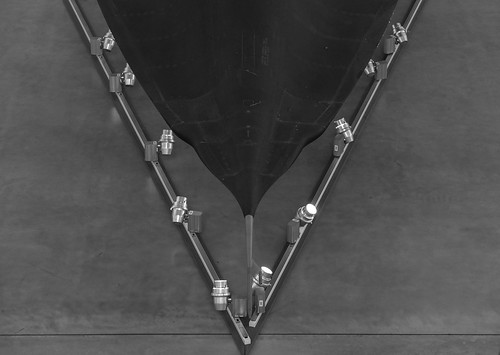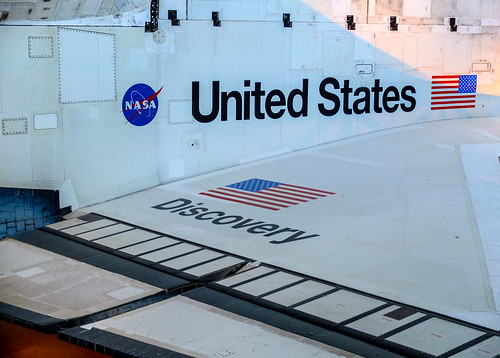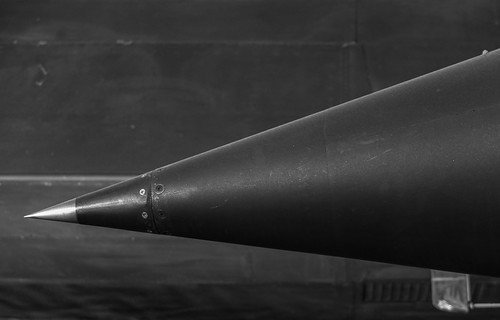I purchased my Fujifilm X10, above at right, in November 2012, and wrote about it in what has become my most viewed blog post, INTRODUCING MY X10. Since then I've carried this camera almost daily and six months later I have no regrets. It has been a wonderful little camera and I still like how it looks and feels and continue to be impressed with the quality of the images.
So why have I been thinking about upgrading to the Fujifilm X100S camera? While I am not looking to replace my DSLR and lenses for work assignments, upgrading to this camera could render a second DSLR on assignment useless.
 |
| Fuji X100S. Photo provided by Fujifilm.com |
Having such fun and success with my X10, which Fuji recently replaced with the Fujifilm X20, I immediately thought about upgrading. In my original blog post about the X10, I laid out the reasons why I purchased that camera instead of the X100 and cost and focus issues were two of them. Well it seems focus is no longer a concern, but there is still the question of cost. At around $1,300, that clearly puts the X100S in the realm of a pro camera and not a simple point and shoot. Even though many of today's point and shoots, or sub $600 cameras, are capable of taking incredible images, just look at the X20 or what I paid for my X10, as examples.
So should I upgrade or not? To help answer that question, or maybe just convince myself one way or another, I decided to take my X10 and visit the National Air and Space Museum Steven F. Udvar-Hazy Center located in Chantilly, Va., in order to take some photos and see if I would be happier if I were carrying the X100S instead.
 |
| Fuji X10 at 1/80, f3.6, ISO 400, 40mm equivalent, film simulation set to Velvia. |
 |
| Fuji X10 at 1/13, f2.8, ISO 400, 112mm equivalent, film simulation set to black and white. |
Did you notice what I did in the previous paragraphs? I both stated one of the big reasons I am considering the X100S and one of the reasons why I am questioning if it really is the camera for me. But honestly, there is more than just ISO and zoom.
 |
| Fuji X10 at 1/25, f2.8, ISO 400, 60mm equivalent, film simulation set to standard. |
Many of the other features are very similar or the same, although the X100S is a 16MP camera versus 12MP and has a nine blade aperture shutter instead of seven, the X10 does shoot 10 fps continuous versus 6 fps. Advantage on these features favors neither X10 nor the X100S. That is to say they are not part of my decision process.
Finally, after shooting the X10 for seven months, I really don't need to be sold on the look, feel and form of this camera. While I didn't fully appreciate it at the time, I did use a Leica M3 as a second camera for several years in my early Navy career and this does have that same feel. Some of the photos I shot at the museum were taken with the camera set to black and white which made me think I really was transported back 25 years holding that M3 loaded with Tri-X film. Holding these Fuji X cameras does elicit certain emotions. Is it because I'm a little older? Maybe, but I believe part of making good images is attitude and how you feel about your gear does play a role in that.
 |
| Fuji X10 at 1/10, f2.8, ISO 400, 100mm equivalent, film simulation set to black and white. |
One question I will answer is that I do think this would make a perfect second body on any assignment.
The rest of the details and more links below:
Specifications X100S:
Number of effective pixels: 16.3 million
Image sensor: 23.6mm x 15.mm (APS-C)
Lens: 35mm equivalent at f2.0
Dimensions: 5.0 (W) x 2.9 (H) x 2.1 (D) in.
Weight: Approx. 15.7 oz. (including battery and memory card)
Sample images from the Fuji website.
Specifications X10:
Number of effective pixels: 12 million
Image sensor: 2 / 3 inch EXR CMOS
Lens: 28mm to 112mm equivalent at f2.0 and f2.8 respectfully
Dimensions: 4.6(W) x 2.7(H) x 2.2(D) in.
Weight: 12.3 oz. (including battery and memory card)
Sample images from my Flickr X10 set.
David Hobby provides a thorough overview of all the X100S features in a YouTube video. And I even learned something new about my X10 as well by watching this.
And just in case the leap from X10 to X100S is too much, then check out Dan Bailey's full review on the X20.
Get the full X100S specifications available on Fuji's website.

No comments:
Post a Comment